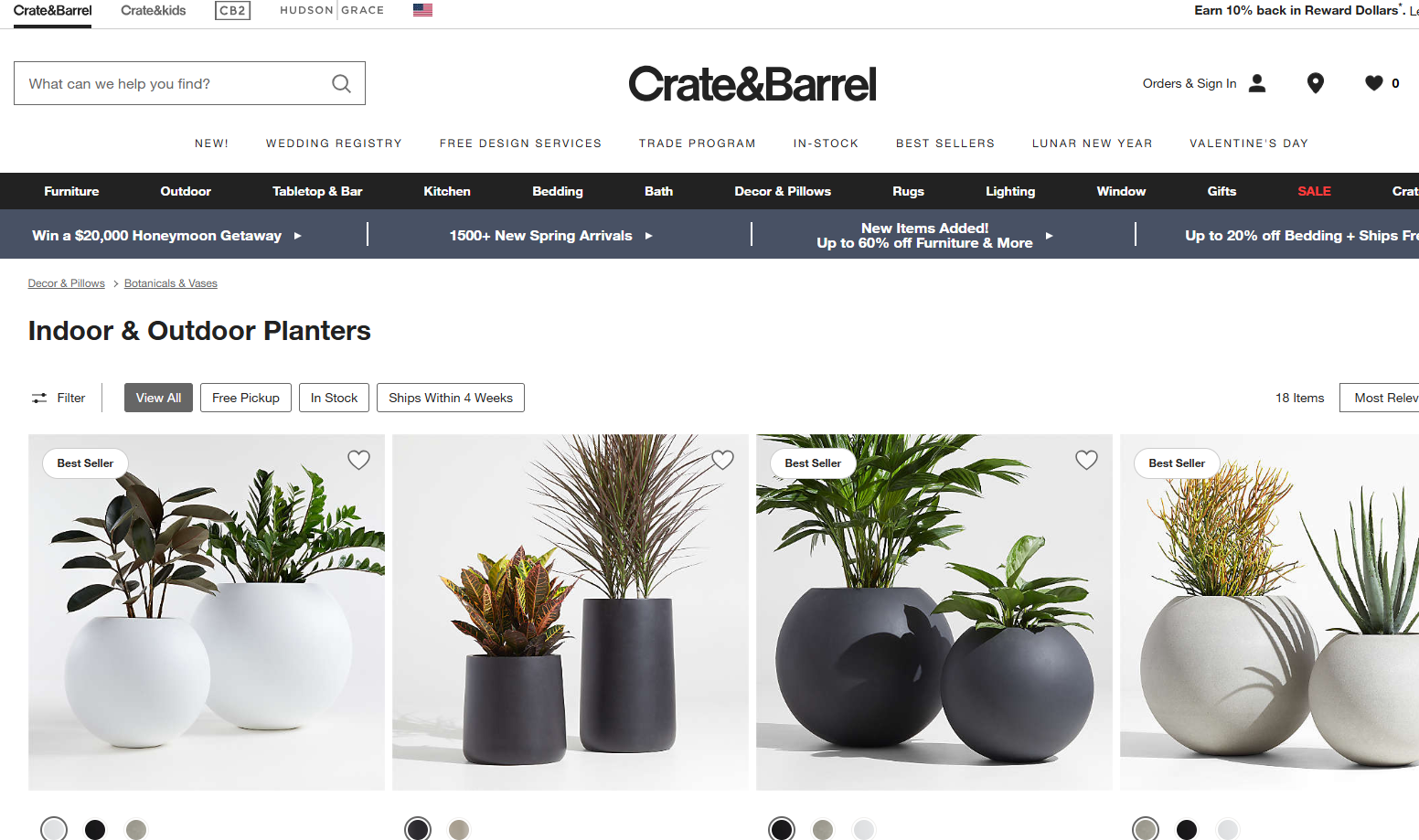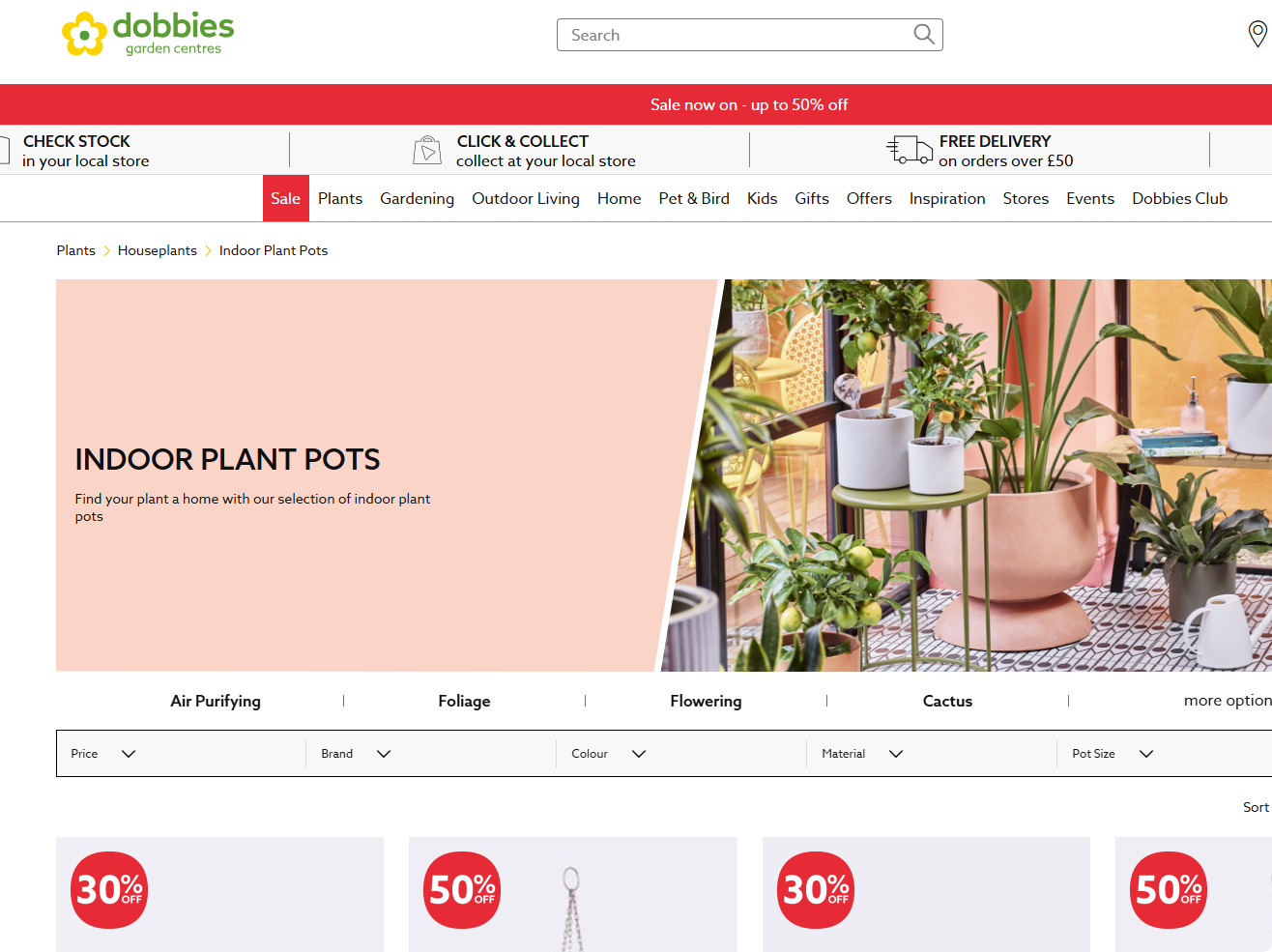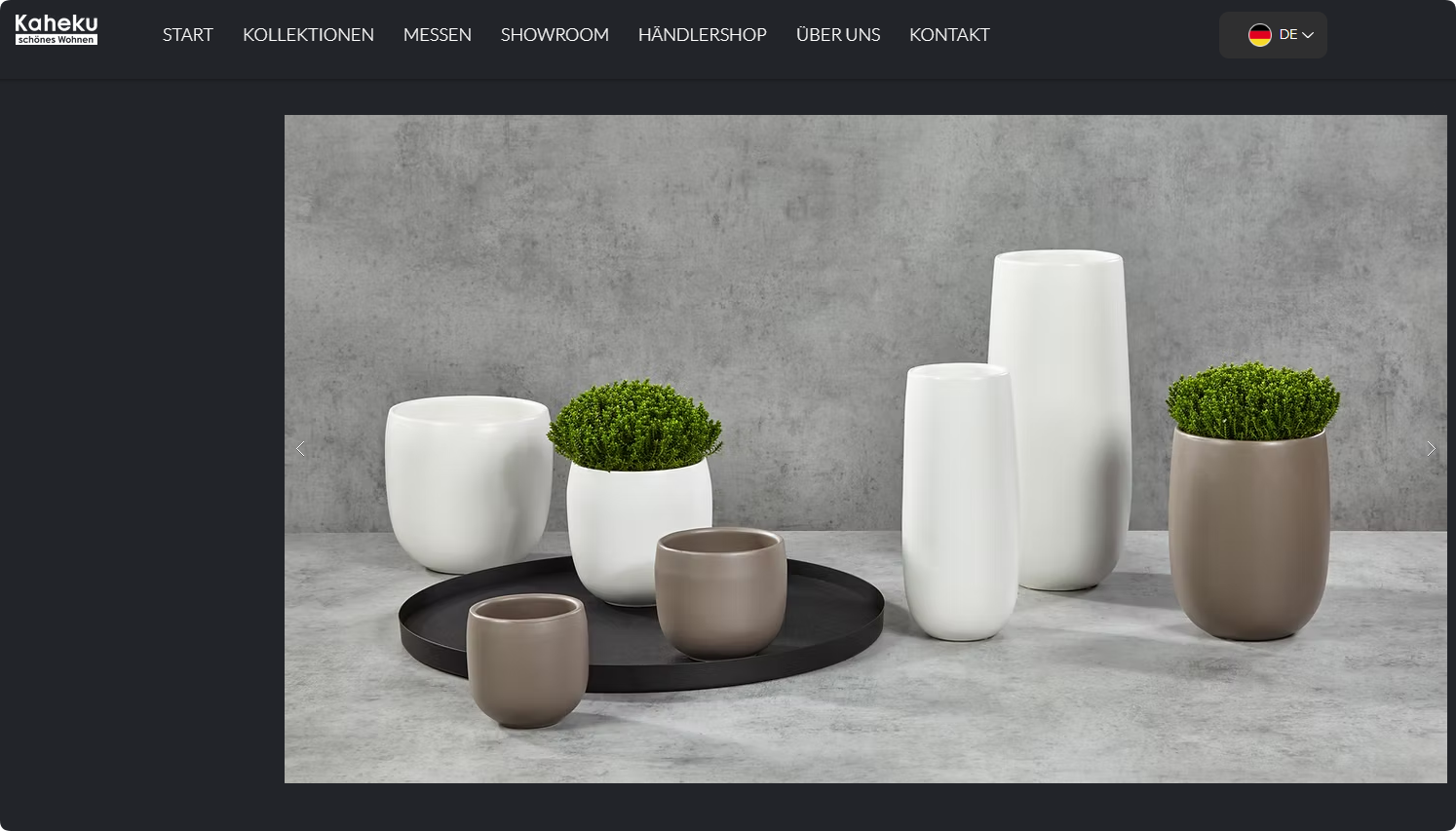In recent years, minimalism has evolved beyond just an interior design trend into a lifestyle choice. The idea of reducing clutter, simplifying spaces, and focusing on quality over quantity has transformed various industries, including home décor and gardening. Ceramic pots, once considered purely functional, are now gaining significant attention in the minimalist market. This shift is not only influencing consumer preferences but also driving changes in manufacturing and design. In this article, we will explore how the demand for ceramic pots is changing with the rise of minimalism, the factors driving this change, and what it means for businesses in the home and garden sector.
The Connection Between Minimalism and Ceramic Pots
Minimalism emphasizes clean lines, neutral colors, and functional designs. When it comes to ceramic pots, this philosophy has led to a growing demand for simple, elegant, and understated designs. People are increasingly opting for ceramic pots that fit into their minimalist homes and gardens, favoring sleek, monochromatic finishes over intricate patterns or bold colors. But how exactly is minimalism affecting the demand for ceramic pots? Let’s break it down:
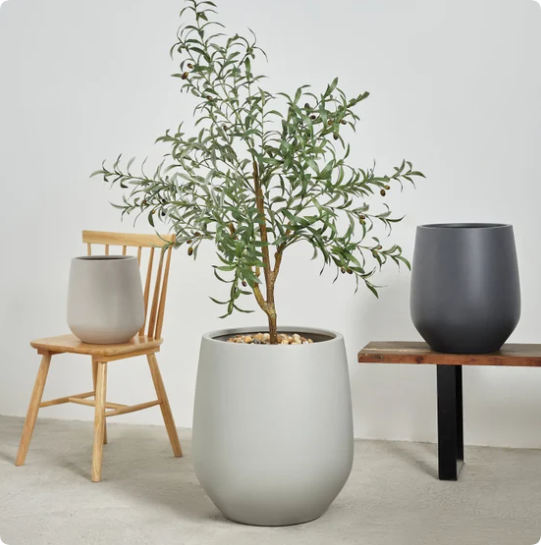
- Simpler Designs: As minimalist designs take hold, consumers are moving away from ornate, colorful ceramic pots in favor of simple, understated styles. This shift includes plain white, matte, or neutral-toned pots that complement the overall aesthetic of minimalist spaces.
- Functional and Sustainable: With sustainability becoming a core value of the minimalist movement, there is a greater focus on functional yet eco-friendly products. Ceramic pots, known for their durability and ability to regulate moisture, align perfectly with this shift toward practical and sustainable home décor.
- Smaller and More Compact Sizes: Minimalism tends to favor smaller living spaces, and this is reflected in the demand for smaller, more compact ceramic pots. These pots fit into tiny apartments or urban settings while adding a touch of natural beauty without overwhelming the space.
Key Drivers Behind the Changing Demand for Ceramic Pots
Several key factors are contributing to the shift in demand for ceramic pots as part of the minimalist trend. These drivers include:
1. Aesthetic Appeal of Minimalism
Minimalist interiors are often defined by clean, open spaces with few distractions. The popularity of minimalist designs in architecture and interior décor has created a demand for simple, elegant planters that blend seamlessly into these spaces. Ceramic pots, with their timeless appeal and ability to complement various design styles, are seen as ideal for minimalist settings.
2. Growing Interest in Indoor Plants
The rise of indoor gardening is another factor fueling the demand for ceramic pots. As more people embrace indoor plants as a way to enhance their living spaces and improve air quality, the need for aesthetically pleasing and functional planters has increased. Ceramic pots, known for their ability to retain moisture and provide good air circulation for plant roots, are particularly favored by plant enthusiasts.
3. Sustainability and Longevity
Minimalism often goes hand-in-hand with sustainability. People who embrace minimalist lifestyles tend to prioritize long-lasting, quality items over disposable products. Ceramic pots, which are durable and eco-friendly, fit perfectly into this mindset. Unlike plastic pots, which can degrade over time, ceramic pots are built to last and can even be repurposed or reused.
20 of the best minimal plant pots and planters
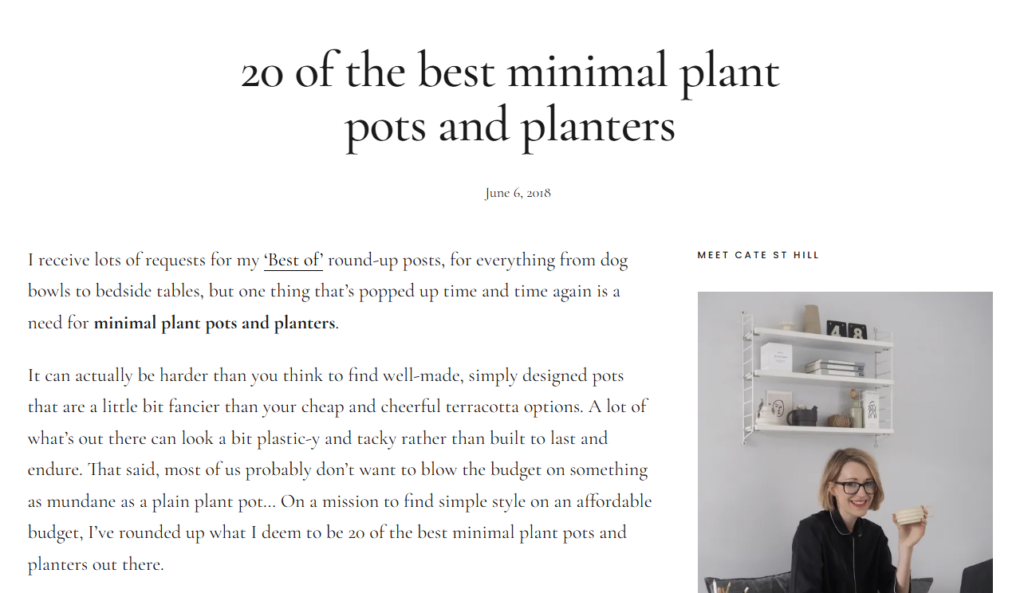
How Minimalism Is Shaping Ceramic Pot Designs
The shift towards minimalism is not just influencing the types of ceramic pots people want, but also how they are designed. Here are some of the trends shaping the ceramic pot industry in response to this growing demand:
1. Neutral Color Palettes
Minimalism often gravitates towards neutral tones such as whites, grays, blacks, and earthy shades. As a result, ceramic pots are increasingly being manufactured in these colors. These shades not only complement the minimalist aesthetic but also allow the plants themselves to stand out.
2. Clean, Simple Lines
Ceramic pots designed for minimalist homes tend to have clean, smooth surfaces with no excessive ornamentation. Straight lines, round edges, and smooth finishes are favored, creating a subtle elegance that aligns with minimalist design principles.
3. Matte Finishes
A matte finish has become synonymous with modern minimalism. Ceramic pots with matte finishes offer a soft, refined look that is perfect for creating a calm, serene atmosphere. This finish is also less likely to show dirt and fingerprints, making it a practical choice for minimalist households.
4. Compact, Functional Sizes
Minimalist living often requires efficient use of space, leading to a preference for smaller, more compact ceramic pots. These pots are perfect for urban dwellers, apartment residents, or anyone looking to add greenery without taking up too much space.
Global Trends in Ceramic Pot Manufacturing
As demand for minimalist ceramic pots continues to grow, manufacturers around the world are adapting to these new consumer preferences. In this section, we’ll take a closer look at how different countries are responding to this shift, and highlight some of the key brands leading the way in ceramic pot manufacturing.
| Country | Notable Brands | Product Features |
|---|---|---|
| USA | 1. The Sill 2. Terrain 3. Bloomscape 4. West Elm 5. Crate & Barrel | Sleek, modern designs with a focus on sustainability and functionality. |
| Germany | 1. Kaheku 2. Bauhaus 3. Cotta 4. Herb Pots 5. Emsa | Premium quality with a focus on aesthetic appeal and practicality. |
| Italy | 1. Lechuza 2. Cera Design 3. Ceramica Colli 4. Bertolotto 5. Sicilian Ceramics | High-end designs with intricate craftsmanship, blending tradition and modern minimalist aesthetics. |
| UK | 1. Dobbies 2. B&Q 3. The Garden Trading Company 4. Notcutts 5. John Lewis | Focus on practical, low-maintenance designs with an emphasis on sustainability. |
What Does This Shift Mean for Businesses?
As businesses in the home and garden industry seek to adapt to the growing demand for minimalist ceramic pots, there are several key considerations to keep in mind:
- Customization: Offering customized designs that cater to individual consumer preferences can help businesses stay competitive in the minimalist market. Pot sizes, colors, and finishes should be tailored to meet the unique demands of customers.
- Sustainability: Emphasizing the eco-friendly aspects of ceramic pots can help attract customers who are particularly focused on sustainability. Using recyclable materials and reducing packaging waste can resonate with the environmentally-conscious minimalist consumer.
- Functionality: As the minimalist lifestyle emphasizes practicality, ensuring that ceramic pots are not only beautiful but also functional is key. Features like drainage holes, moisture control, and insulation can enhance the appeal of these products.
Frequently Asked Questions (FAQ)
Q1: What are the benefits of ceramic pots for indoor plants?
A1: Ceramic pots are excellent for indoor plants because they regulate moisture, provide better airflow to the roots, and offer durability. They also add a stylish touch to any space.
Q2: How do minimalist designs influence ceramic pot trends?
A2: Minimalist designs emphasize simple, neutral tones, clean lines, and functional designs. Ceramic pots are following these trends with matte finishes, smooth surfaces, and understated styles.
Q3: Are ceramic pots sustainable?
A3: Yes, ceramic pots are a sustainable choice compared to plastic pots. They are durable, reusable, and often made with eco-friendly materials, aligning with the values of the minimalist and environmentally-conscious consumer.
Q4: Can ceramic pots be used outdoors?
A4: Yes, ceramic pots are suitable for outdoor use, provided they are glazed properly to prevent water absorption. Outdoor ceramic pots should also be designed to withstand varying weather conditions.
Q5: Where can I buy minimalist ceramic pots?
A5: Minimalist ceramic pots can be found in home décor stores, garden centers, and online platforms such as Amazon, Etsy, and dedicated plant shops. Brands like The Sill, Terrain, and West Elm offer high-quality options.
Conclusion
The rise of minimalism is undeniably shaping the demand for ceramic pots. With a growing preference for simplicity, sustainability, and functionality, ceramic pots are becoming a must-have item for consumers looking to create minimalist spaces. As the industry adapts to these changes, businesses can thrive by focusing on customized designs, high-quality materials, and a sustainable approach. Whether you’re a home décor enthusiast, a gardening lover, or a business in the ceramics industry, understanding this shift in consumer behavior will be essential for staying ahead in the market.

